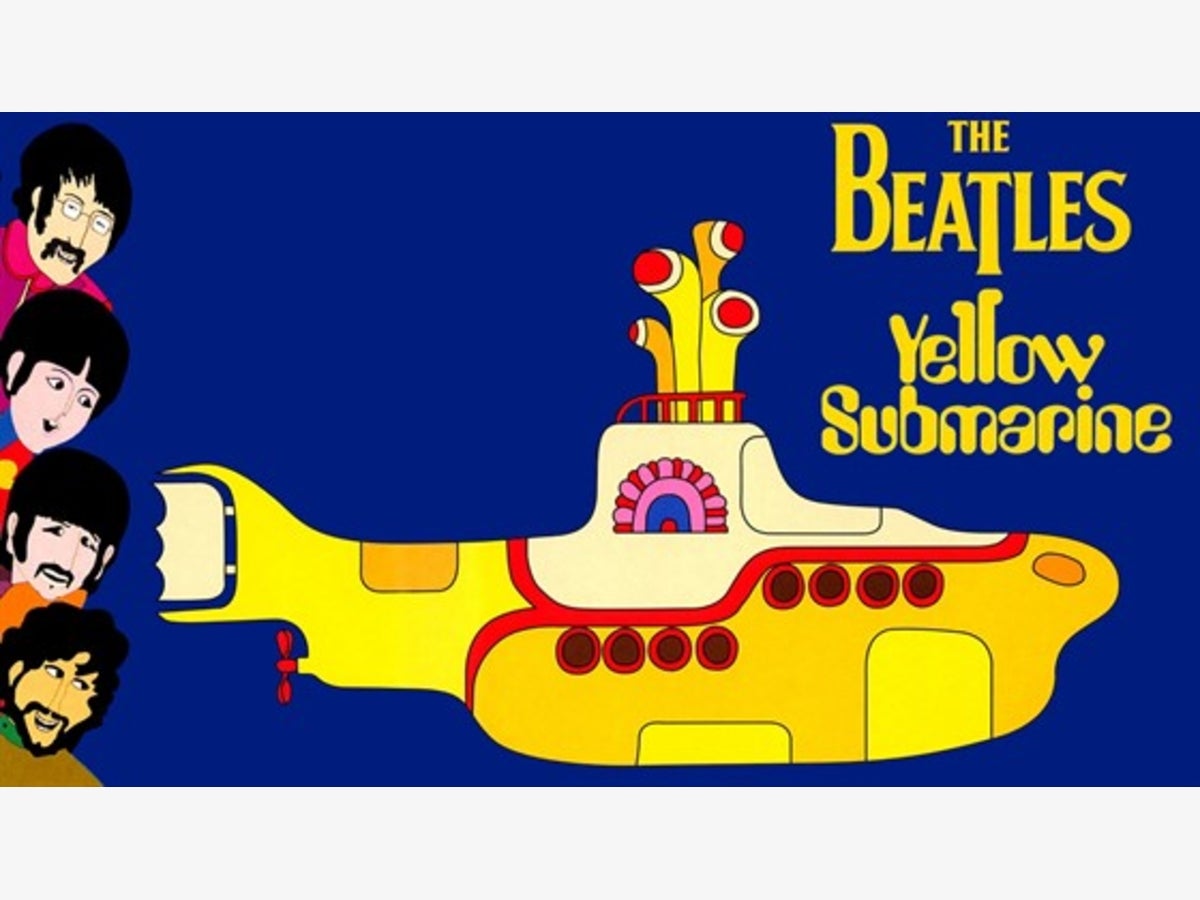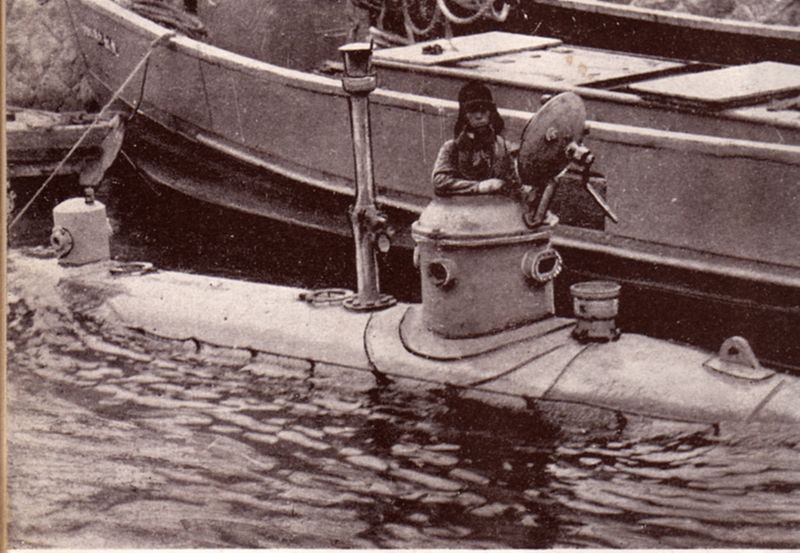
Does anyone else look at this submarine and think of the Beatles, or is it just me? If we painted it, I think it could definitely pass for a (less artsy) version of the Yellow Submarine.

Well, soon, this object is going to undergo a pretty big move and we are majorly excited about it. To that end, we have been doing a lot of prep work to get the object ready, and we wanted to share it with you!
First things first, let’s start at the beginning.
What is it?
This, my friends, is no. 3746, a Nishimura-style Japanese midget submarine that was built in 1940. This is the third one built of its kind; in 1932 and 1935 respectively, Nishimura built Maseman 1 and Maseman 2 for coral collecting and the like. After seeing their success, the Imperial Japanese Navy built two more (no. 3746 and 3747) for exploration, salvage, and radar testing.

I know what you’re thinking: 1940. Imperial Japanese Navy. Midget submarine. THIS MUST BE A WORLD WAR II ATTACK SUBMARINE! No, it was not (I repeat, not!) an attack submarine. But, it’s small size and some of its design features likely influenced the Type A Ko-hyoteki Midget Submarine, which the Imperial Japanese Navy used for attack during World War II (think Pearl Harbor, Sydney, and Madagascar).
Then, why is it important?
This submarine did not attack anything, but it is still a big deal, y’all! There were only four of these submarines ever built, only two of which were built by the Imperial Japanese Navy, and it is the only surviving example of its kind. As part of Japanese disarmament, the Allies went to Kure, Japan, in 1946, to make an inventory of Japanese vessels and to decide what needed to be destroyed, what should be confiscated, and what the Japanese could keep. Of the four Nishimura vessels, all misunderstood as attack vessels at the time, this was the only one not put on the proverbial destroy list. Instead, it was decided that this sub would be sent to the U.S – but not just anywhere in the U.S. It was explicitly sent to The Mariners’ Museum for research and display, and we’ve had it ever since.

Cool, so, how did you get to this point?
The submarine was brought to the Museum in 1946 and was immediately put on outdoor display. Sometime after 1973, it was moved into storage on the Museum’s campus, and it’s been there ever since. Both fortunately and unfortunately, The Mariners’ Museum has A LOT of artifacts on display, and in storage, and there was (and has not since been) an indoor space to house the submarine. Remember: the sub was displayed outside and when put into storage, was still completely stable, so outdoor storage was a good solution at the time. Periodically, the sub underwent general exterior maintenance, but our recent efforts to rehouse all of the artifacts stored outside also re-invigorated our efforts to rehouse (and hopefully conserve!) this object as well.

Last October, the conservation team presented a plan to re-support the submarine as a project option for The Bronze Door Society’s annual funding dinner, and the project was selected as one of the three “winners”! Thank you, Bronze Door Society! (By the way, and if you didn’t already know, The Bronze Door Society is an incredibly active affinity group at The Mariners’ Museum and Park. They do amazing things and get some cool opportunities, too. If you haven’t checked them out, you should.)
Anyway, back to the sub: I know, I know, October 2019 is almost a full year behind us now. So, why are we just now sharing this news? Trust me, a lot has been going on behind the scenes to get ready for the object’s move. We’re going to make a short series out of our work on the submarine, so check back in a couple weeks to read some more about this project.